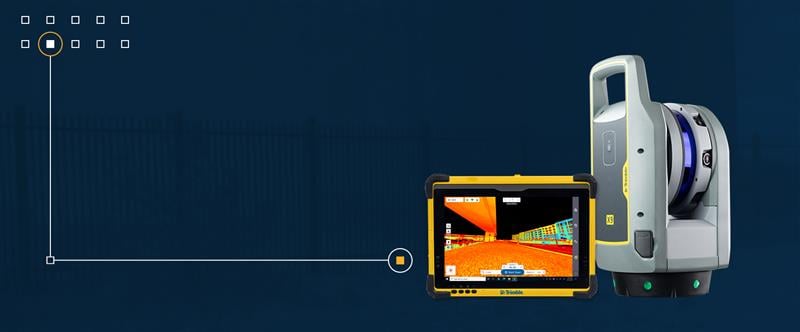Earth Observation Data Report Assesses Distribution Methods

Data distributors and services providers have established themselves as a key component of the Earth Observation (EO) value-chain and an important partner of the EO satellite operators in order to disseminate data to the largest number of end-users possible, according to a new report. This is particularly apparent in accessing key fast growing regional markets and being able to do business with government and private end-users locally.
According to Euroconsult’s new research report, “Earth Observation: Data Distribution,” an estimated 12-17 percent of the $1.5 billion commercial data market flows through the distributors. It is considered that all major vertical market sectors are procuring from the data distributors to varying degrees.
“While this percentage may seem low, it should be recalled that the majority of the total market is to defense end-users [65%] who prefer a more direct approach to receive imagery, such as through direct receiving stations. Business for the data distributor reflects this, with a far greater emphasis on enterprise markets,” said Philippe Campenon, deputy director, Space and Earth Observation at Euroconsult.
Revenue through data services from the distributors is first from civil governments, totaling 47 percent of distributor data business. This highlights the need to be local in accessing civil contracts, an important consideration given the growing demand globally for EO solutions. Data provision to the private sector through distribution is also disproportionality higher than the total data market, representing 37 percent of the distributors business.
The relatively small figure of 16 percent data revenues associated to defense users demonstrates the more direct approach preferred by this user community. Most operating companies with very high resolution satellites offer direct receiving stations solutions to defense end-users in order to meet their requirements of secure, continuous data supply with degrees of autonomy in satellite tasking and data acquisition, and short delivery time.
To reach out to all user sectors it is therefore considered a necessity to have a diverse approach in mechanisms for data distribution, the report said. This is reflecting in the type of distribution offering. In total, there are more than 550 active data distribution agreements signed globally with local companies. These contracts are classified in five categories within the report, addressing the rationale, contract conditions and key metrics for the following:
- Data Resellers
- Value-Added Resellers (VARs)
- Exclusive Distributors (or Channel Partners)
- Business Partners
- Direct Receiving Station Partners
Interviews were conducted with 15 data distributors with a mean presence in the sector of 19 years. Companies ranged from data distribution being their primary business to organizations active in other parts of the EO value-chain. The following topics are reviewed in detail:
- Motivation for setting up a data distribution business line
- The distributors’ offer to the satellite operators
- The relationship between satellites operators and the distributors
- Data distributor customer mix
- Importance of key client requirements
- Technology as a market driver/inhibitor
- Ranking the vertical markets driving data sales and services













Follow Us